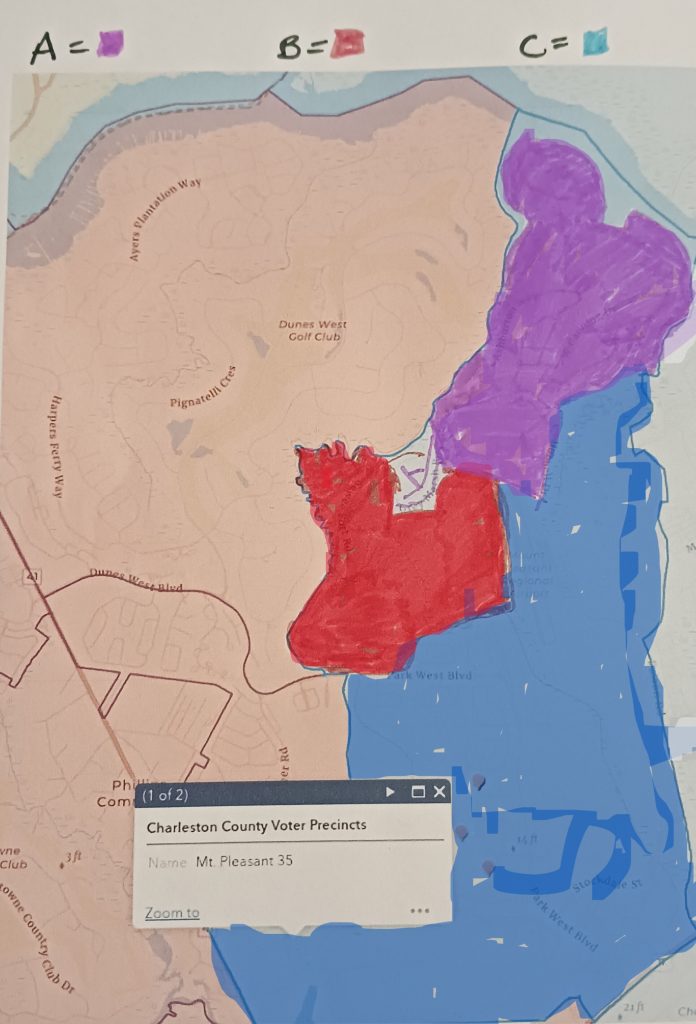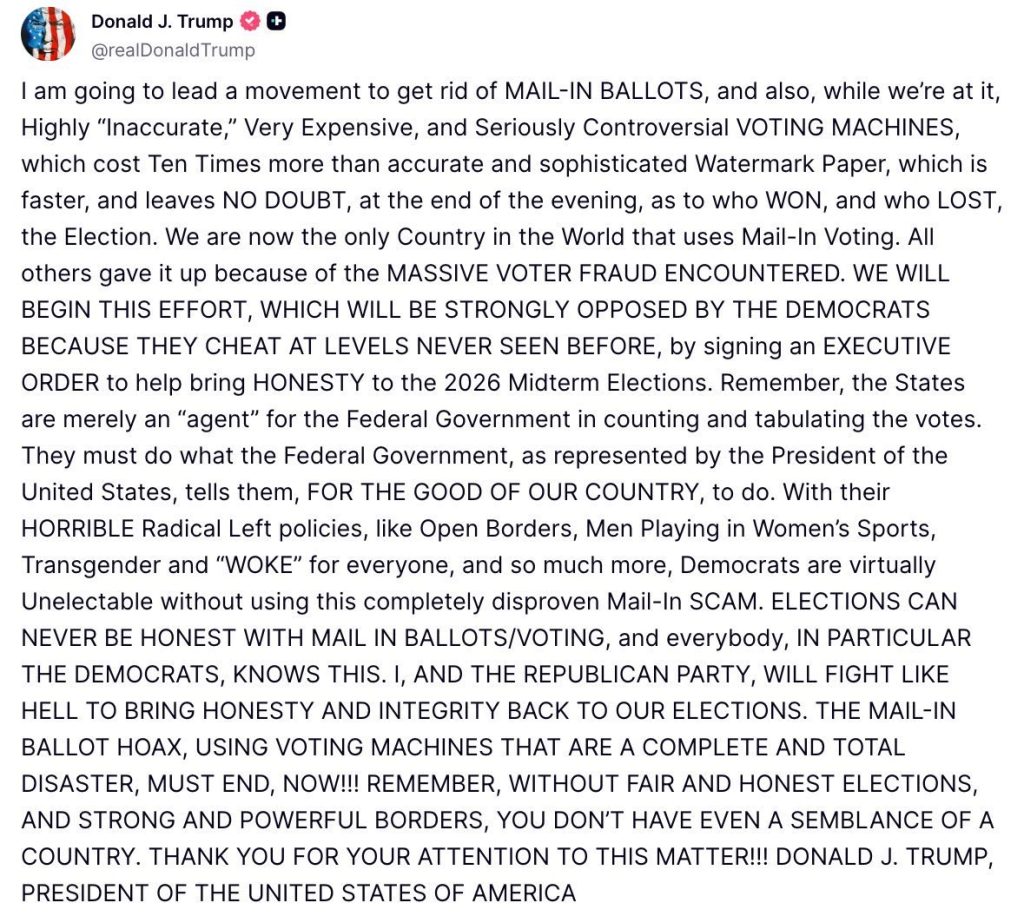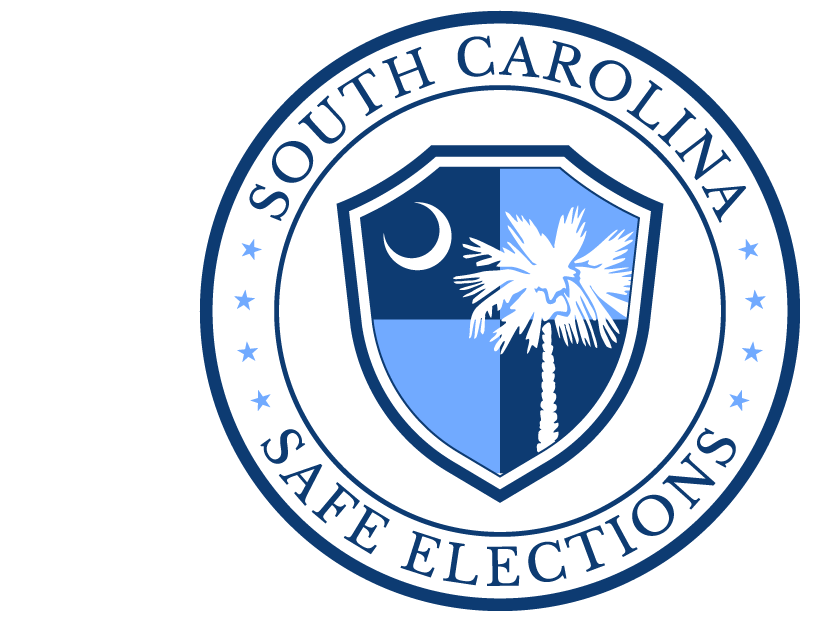Are you tired of waiting in long lines on Election Day? In South Carolina, the root cause may be precincts that are too large. State law (Section 7-7-710) mandates that precincts with over 1,500 registered voters must be resized, yet 40% of precincts—approximately 925 out of 2,317 across 46 counties—exceed this limit (and 40% of counties are non-compliant). Some, like Longcreek in Richland County, with a staggering 6,238 voters, have violated this law for years. This widespread non-compliance undermines election integrity, causes voter frustration, and risks disenfranchisement.


The Scope of the Problem
Counties like Greenville (78.8% non-compliant), Horry (63.5%), Spartanburg (60.2%), Lexington (59.4%), and York (59%) lead the state in oversized precincts. Shockingly, 15 precincts have over 5,000 voters, and 39 exceed 4,000. For example, precincts like Fort Mill No. 2 in York County (5,523 voters) and Johns Island 2 in Charleston County (6,040 voters) far surpass the legal limit, creating overcrowded polling stations and long wait times.
From 2021 to 2024, only about 15 precincts significantly reduced their size to approach the 1,500-voter mandate. Alarmingly, 30% of non-compliant precincts increased in size during this period. Here are just a few examples that illustrate this trend:
Voter Counts in Select South Carolina Precincts (2021–2024)
| County | Precinct | 2021 | 2022 | 2024 |
| Lancaster | Black Horse Run | 4,539 | 4,699 | 5,179 |
| Horry | Socastee #3 | 4,300 | 4,323 | 5,132 |
| Richland | Pontiac 2 | 2,761 | 3,075 | 4,328 |
| Berkeley | Cane Bay | 3,135 | 3,389 | 4,042 |
| Greenville | Ranch Creek | 2,940 | 3,001 | 4,033 |
Data sourced from voter rolls, reflecting changes in registered voters from 2021 to 2024.
Even precincts that reduced their size between election years remain well above the legal threshold, highlighting a systemic failure to comply with the law.

Why It Matters
Oversized precincts create:
- Long wait times: Crowded polling stations discourage voters, particularly seniors and those with limited time.
- Voter suppression: Long lines and logistical challenges can reduce turnout, undermining fair elections.
- Barriers to hand-counting: Our group advocates for hand-marked, hand-counted paper ballots at the precinct level to eliminate the fraud-prone electronic voting system and centralized counting. Oversized precincts make this process impractical, risking delays that could extend past midnight.
The State Election Commission (SEC) and General Assembly have failed to enforce Section 7-7-710, often issuing waivers that prioritize administrative convenience over voter rights. Early voting and voting centers, sometimes used to justify oversized precincts, increase fraud risks due to the comingling of ballots, among other things, and should be eliminated. Non-compliance not only defies the law but also erodes voter access and local control over elections.
A Pattern of Neglect
Analysis of voter rolls from 2021 to 2024 suggests an intentional trend of maintaining or even increasing precinct sizes. The SC Election Commission and General Assembly have allowed counties to flout the law, with no clear accountability. For instance, one analyst manually redrew one of the worst-offending precincts (Mt Pleasant 35) using the GIS Map, road names, and precinct names to query the database (Post 2024 General) and determine the roads for each division of the precinct. Without using the GIS software, it took her 90 minutes, and she estimated that all of the precincts over 3,000 would take 15 days for one person to complete, proving that compliance is not tricky, but feasible, easy, and straightforward. So why hasn’t it been done? It could undoubtedly be done far more quickly with GIS computer software.
President Trump seems poised to eliminate mail-in ballots and machines, which would portend that we will be hand-counting, hand-marked ballots. To make this happen, we must keep precincts under 1500.

With President Trump calling for action to eliminate electronics in our election system, the time has come to reduce precinct size to ensure hand-counting is feasible.

The Path Forward
Enforcing Section 7-7-710 is critical to restoring fair, transparent, and community-driven elections. Smaller precincts would:
- Reduce wait times and improve voter access.
- Enable secure, hand-counted paper ballots on Election Day.
- Eliminate fraud-prone voting centers and ensure decentralized elections.
South Carolina’s leaders must act now to:
- Redraw precincts: Use GIS mapping to resize precincts to meet the 1,500-voter limit.
- End waivers: Stop excusing non-compliance and hold counties accountable.
- Prioritize voters: Focus on accessibility and integrity, not administrative convenience.
The people’s voice—not county administrators’ preferences—must guide our elections. Demand action from the SEC and General Assembly to enforce the law and ensure every South Carolinian’s vote is counted fairly and efficiently.
The table below is data based on voter rolls as of 11/10/2024, post-2024 General Election. Note: 2 precincts with one voter and no name were excluded from the 2,319 total precincts analyzed. We included a buffer of 10% or 1650 and flagged any precincts exceeding that number.

Data is based on a database purchased on 11/10/24, just after the 2024 General Election. These numbers would be higher if you used the strict 1,500 legal limit.
